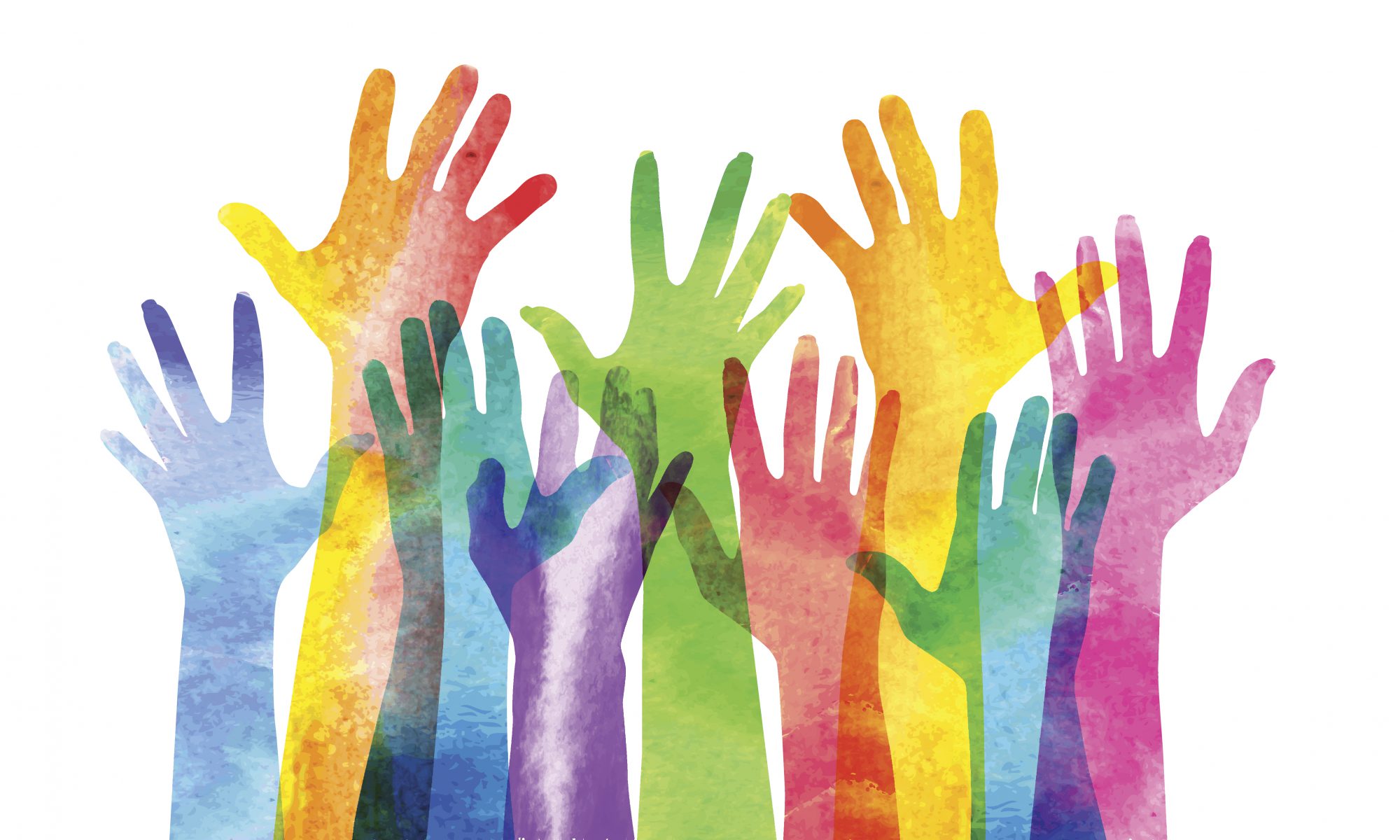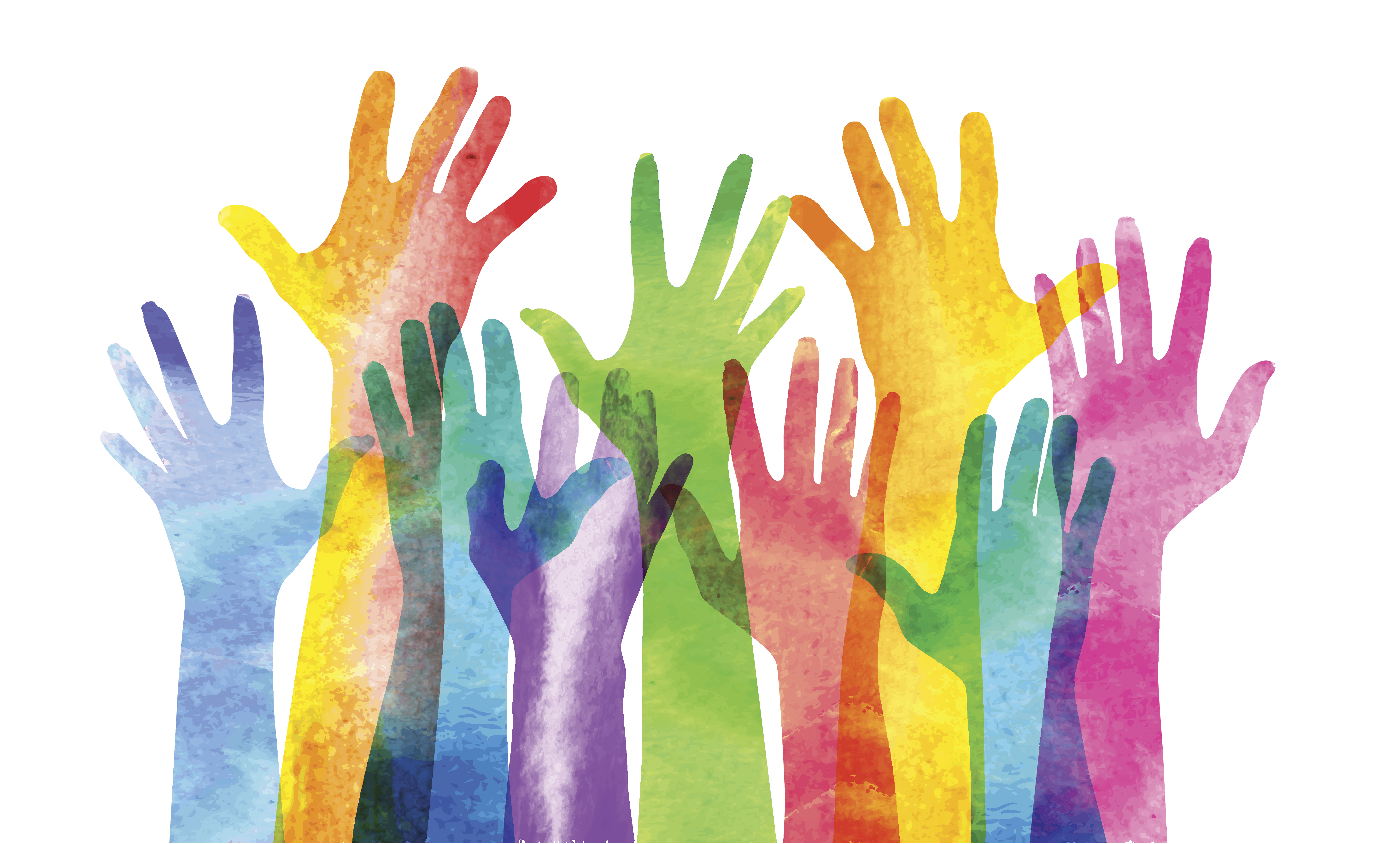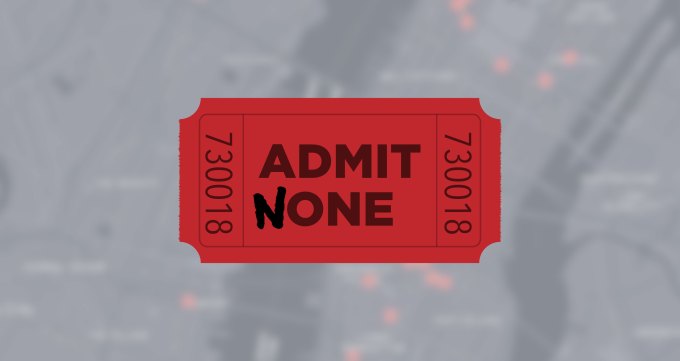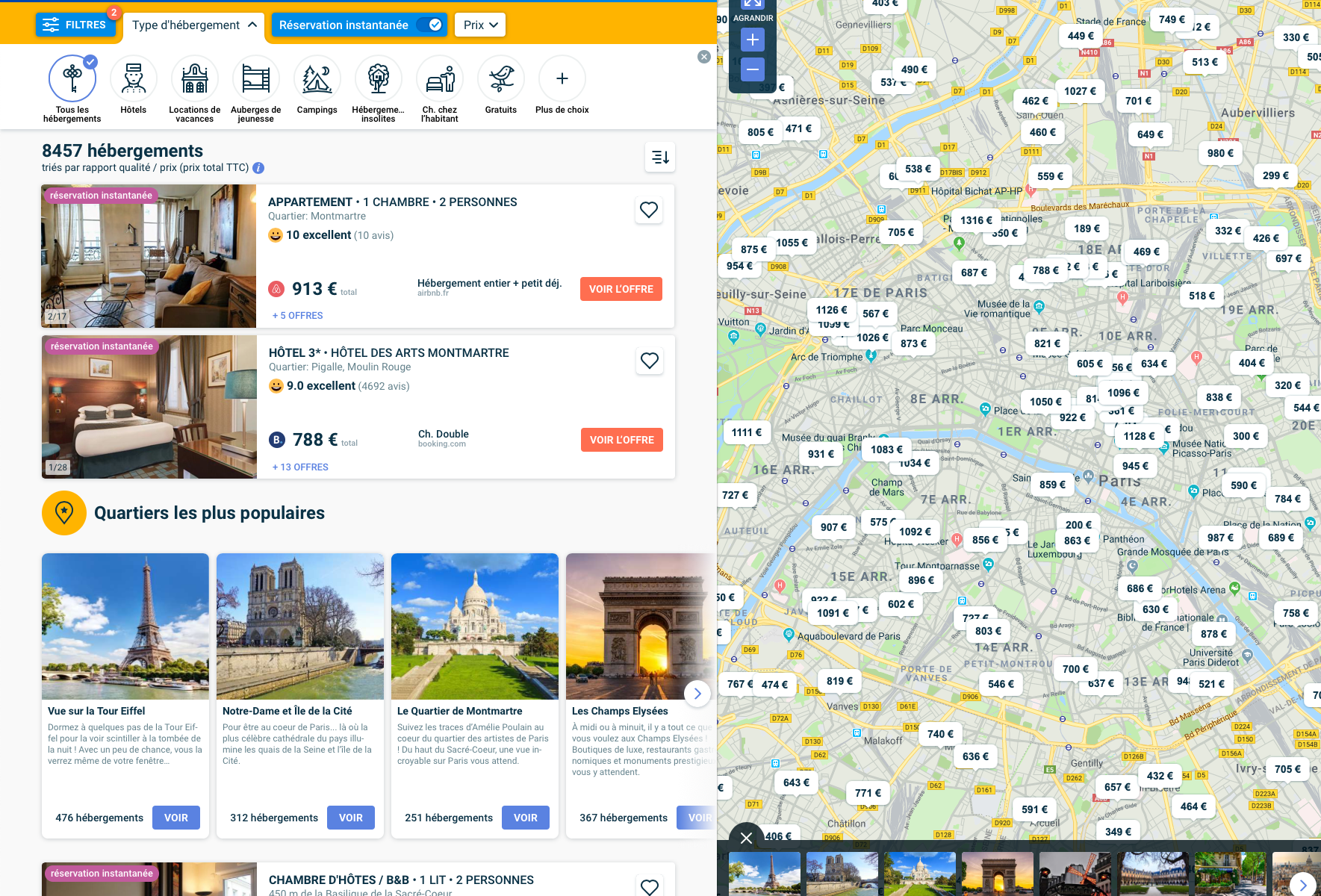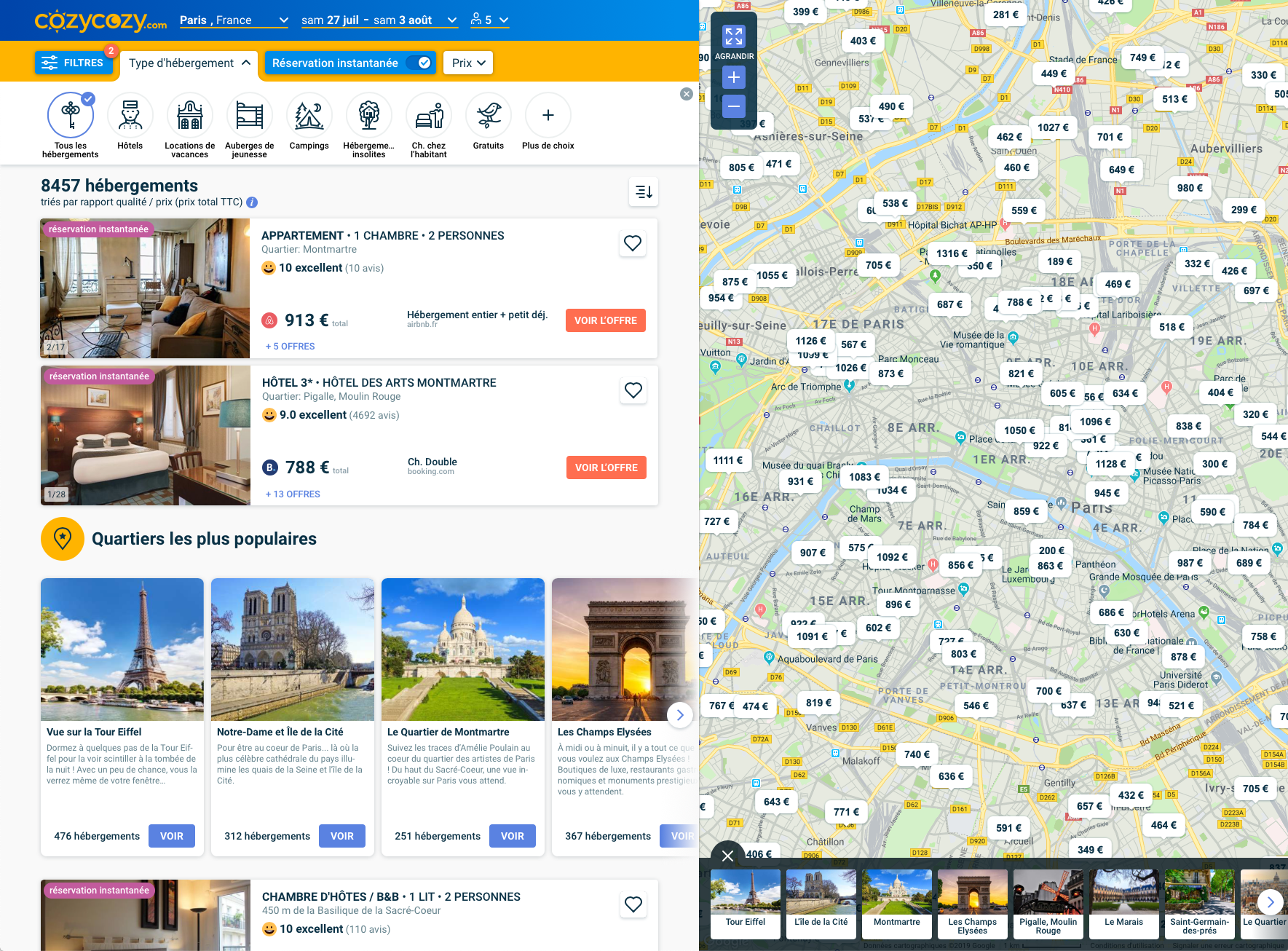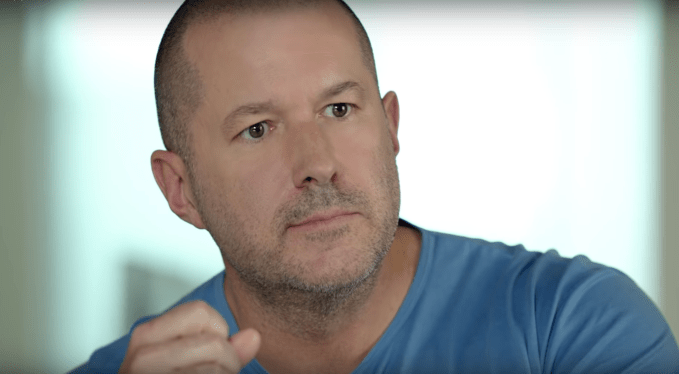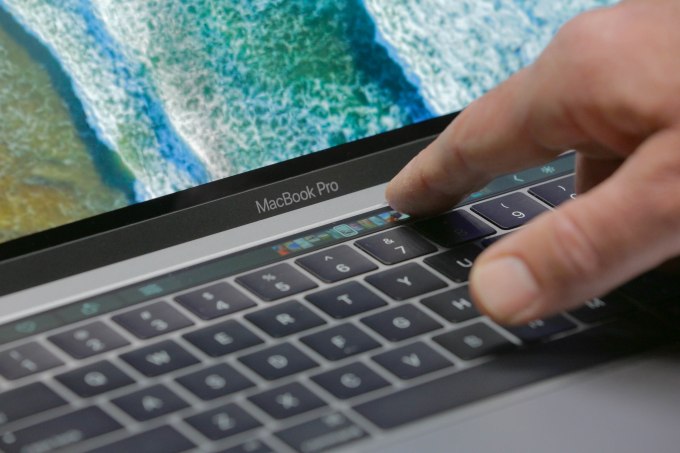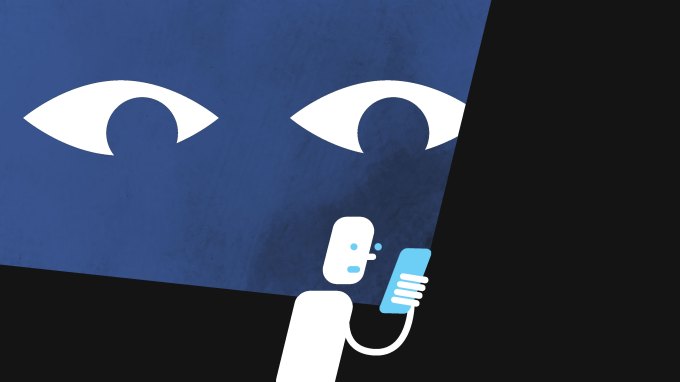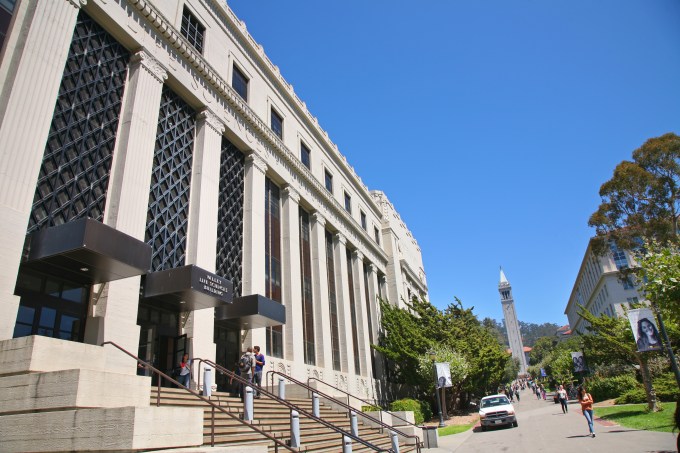Meditation app unicorn Calm wants you to doze off to the dulcet tones of actor Matthew McConaughey’s southern drawl or writer Stephen Fry’s english accent. Calm’s Sleep Stories feature that launched last year is a hit, with over 150 million listens from its 2 million paid subscribers and 50 million downloads. While lots of people want to meditate, they need to sleep. The 7-year-old app has finally found its must-have feature that makes it a habit rather than an aspiration.
Keen to capitalize on solving the insomnia problems plaguing people around the world, Lightspeed tells TechCrunch it has just invested $27 million into a Series B extension round in Calm alongside some celebrity angels at a $1 billion valuation. The cash will help the $70 per year subscription app further expand from guided meditations into more self-help masterclasses, stretching routines, relaxing music, breathing exercises, stories for children, and celebrity readings that lull you to sleep.
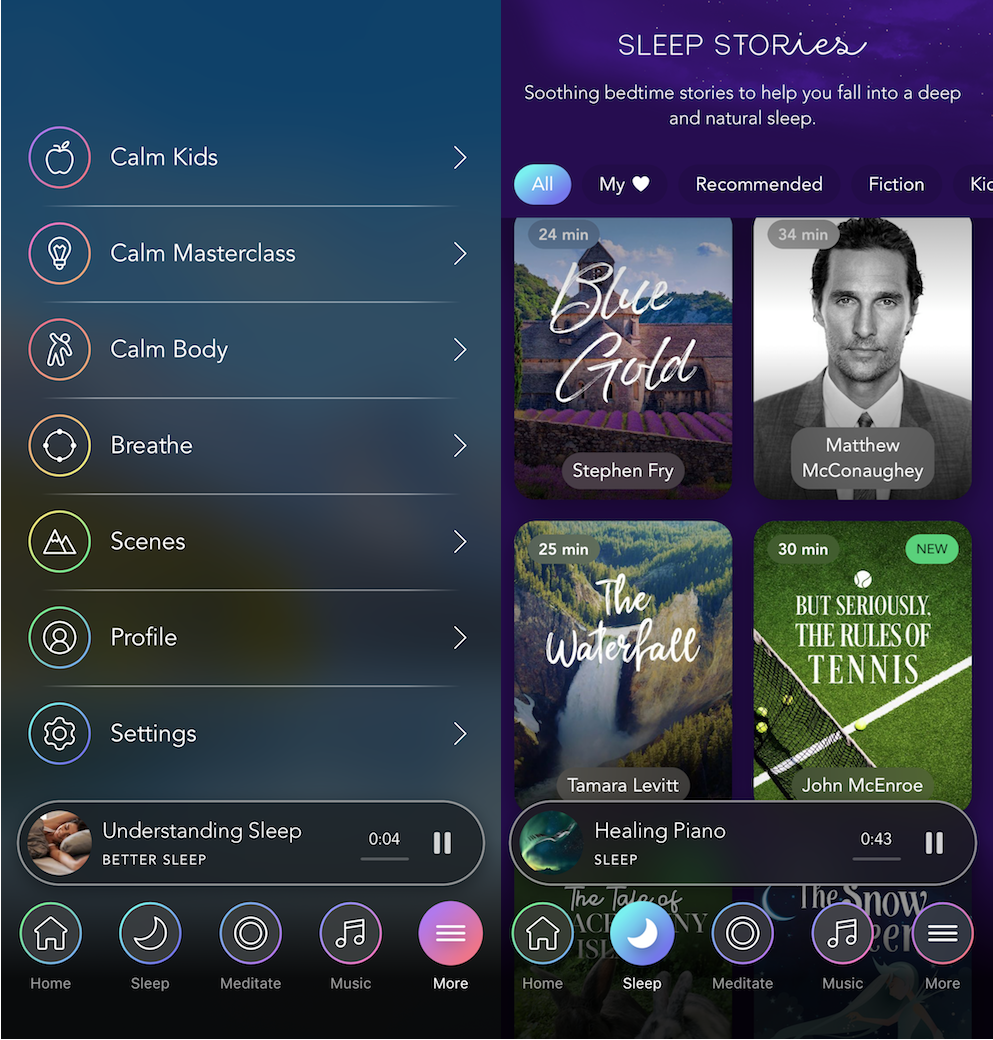
The funding adds to Calm’s $88 million Series B led by TPG that was announced in Februay that was also at a $1 billion valuation, bringing the full B round to $115 million and it’s total funding to about $141 million. Lightspeed partner Nicole Quinn confirms the fund started talks with Calm around the same time as TPG, but took longer to finish due diligence, which is why the valuation didn’t grow despite Calm’s progress since February.
“Nicole and Lightspeed are valueable partners as we continue to double down on entertainment through our content” Calm’s head of communications Alexia Marchetti tells me. The startup plans to announce more celebrity content tie-ins later this summer.
Broadening its appeal is critical for Calm amidst a crowded meditation app market including Headspace, Simple Habit, and Insight Timer plus newer entrants like Peleton’s mindfulness sessions and Journey’s live group classes. It’s become easy to find guided meditations online for free, so Calm needs to become a holistic mental wellness hub.
While it risks diluting its message by doing so much, Calm plethora of services could make it a gateway to more of your personal health spend, including therapy, meditation retreats, and health merchandise from airy clothing to yoga mats. But subscription fees alone are powering a big business. Calm quadrupled revenue in 2018 to reach $150 million in annual revenue and profitability.
That revenue is poised to keep up it’s rapid growth. After the launch of Sleep Stories, “it was incredible to see the engagement spike up and also the retention” says Quinn. Users can choose from having McConaughey describe the wonders of the cosmosm, John McEnroe walk you through the rules of tennis, fairy tales like The Little Mermaid, and more.
Quinn tells me “Sleep Stories is now a huge percentage of the business, and also the length of time people spend on the app has gone up dramatically.” She tells me that so many startups are “trying to invent a problem where there isn’t one.” But difficulty snoozing is so widespread and detrimental that users are eager to pay for an app instead of a sleeping pill.
Source: Tech Crunch



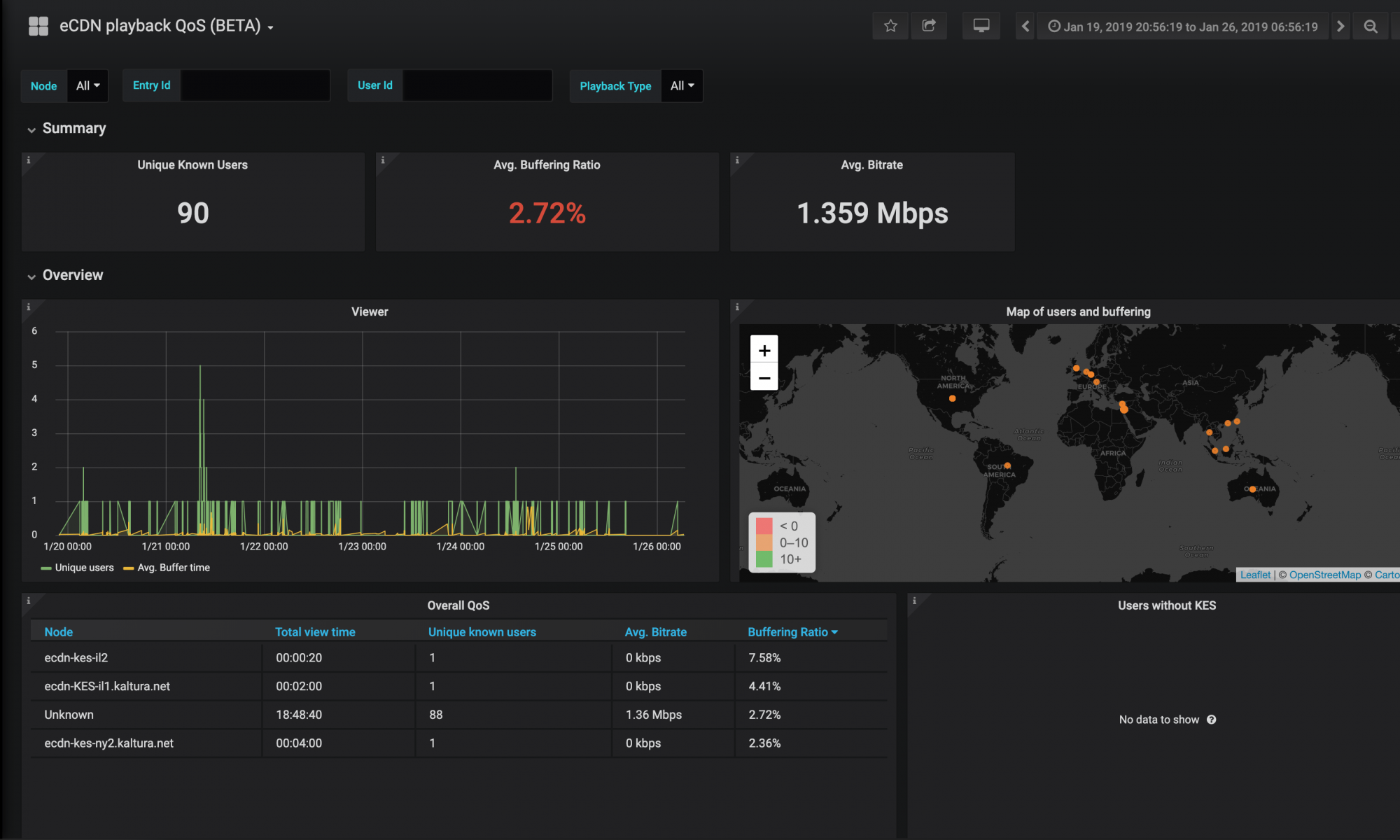
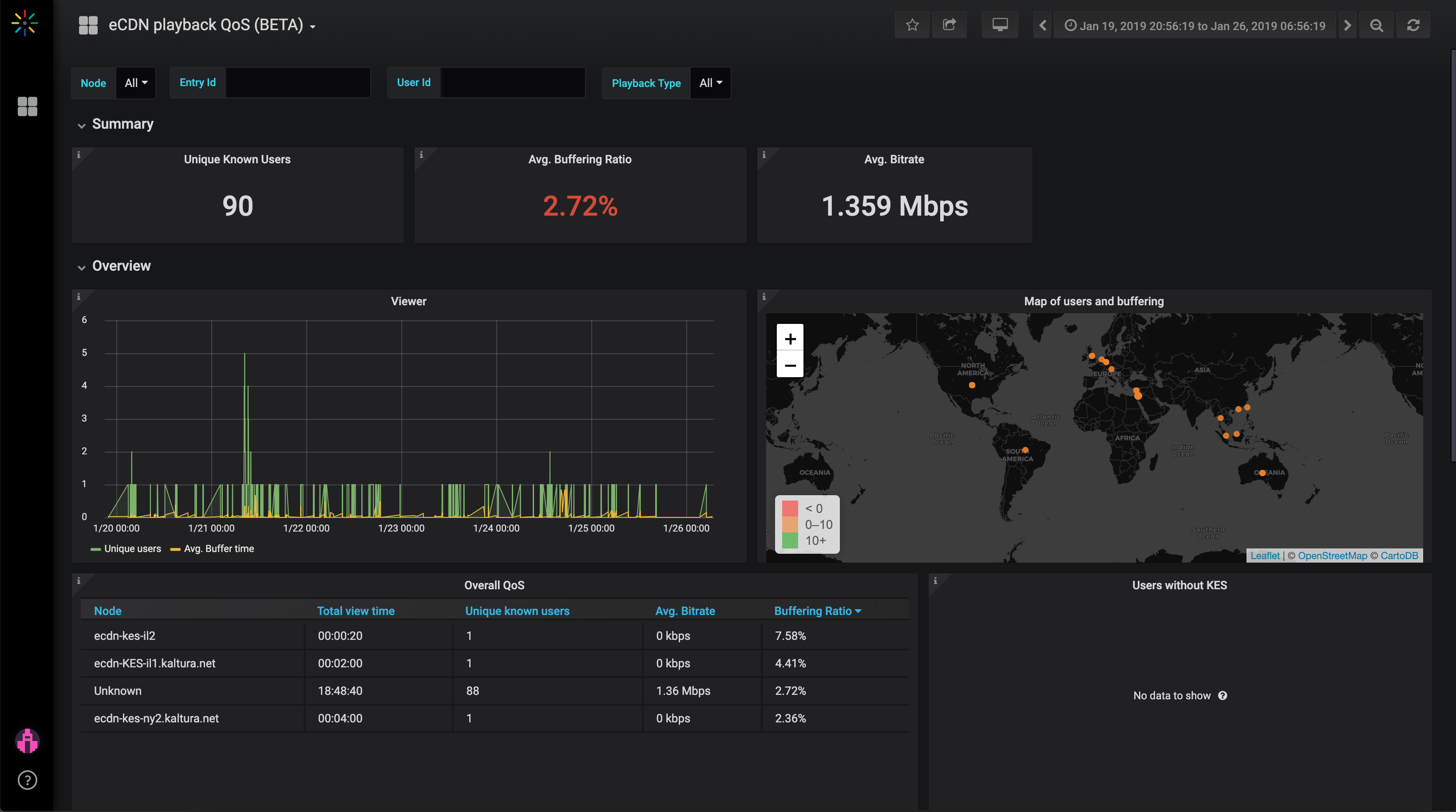
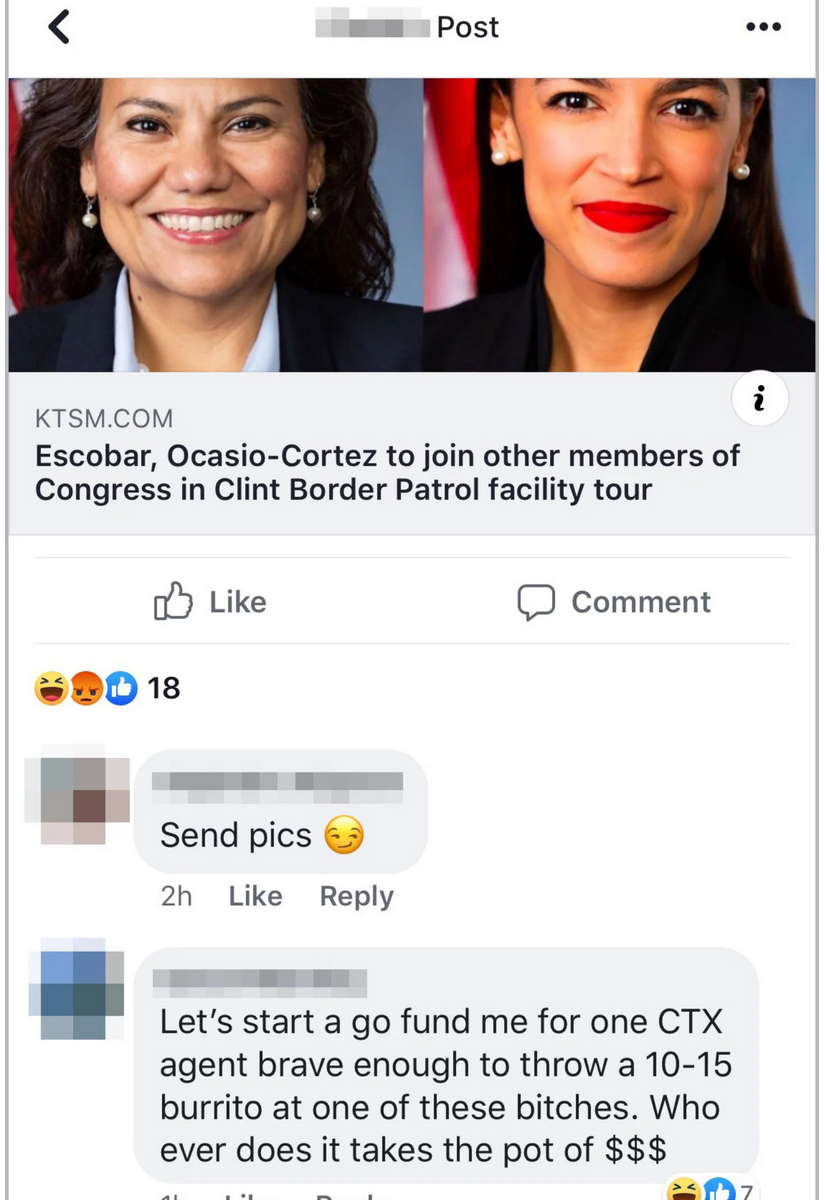
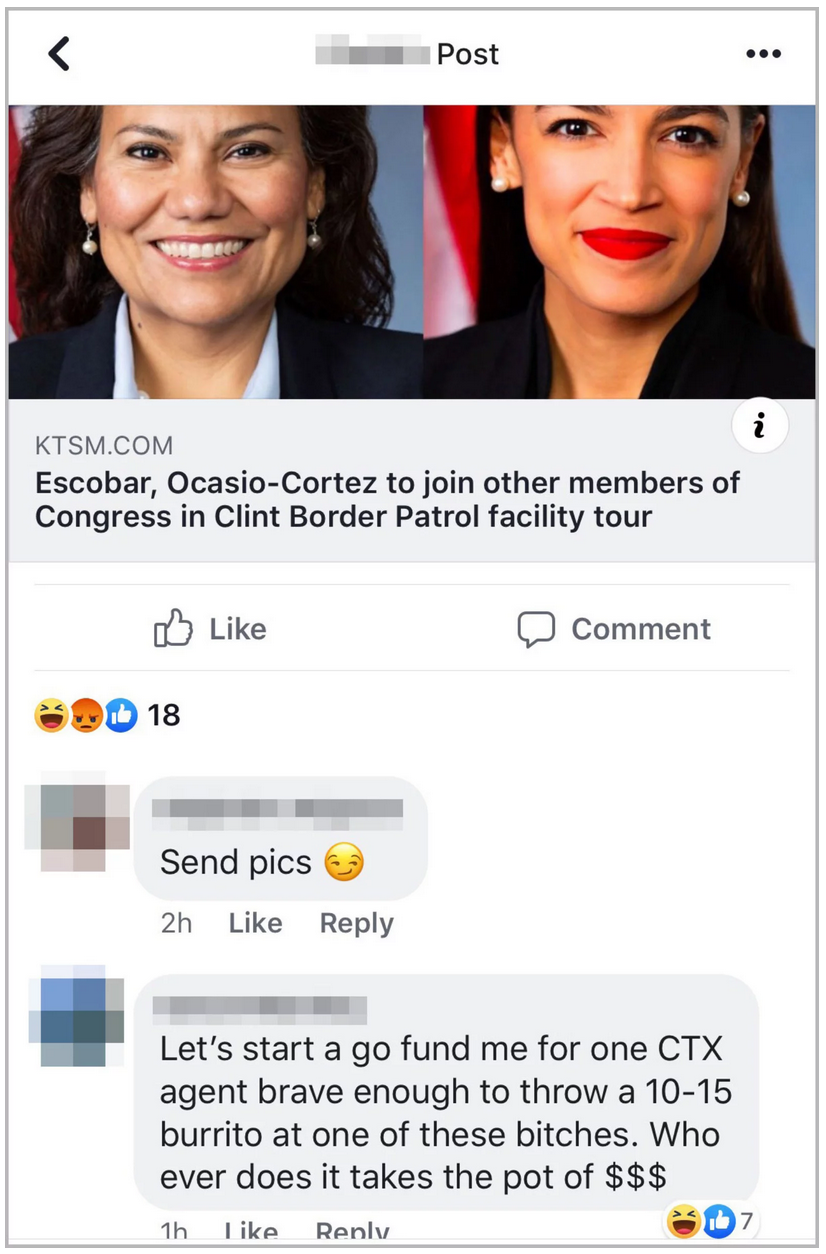 The group has some 9,500 members; recent reports put the total number of CBP officers at about twice that, so this would seem to be a popular group — but a secret one, visible only if you are invited. ProPublica verified that some of the postings they were sent were associated with accounts owned by officers.
The group has some 9,500 members; recent reports put the total number of CBP officers at about twice that, so this would seem to be a popular group — but a secret one, visible only if you are invited. ProPublica verified that some of the postings they were sent were associated with accounts owned by officers.